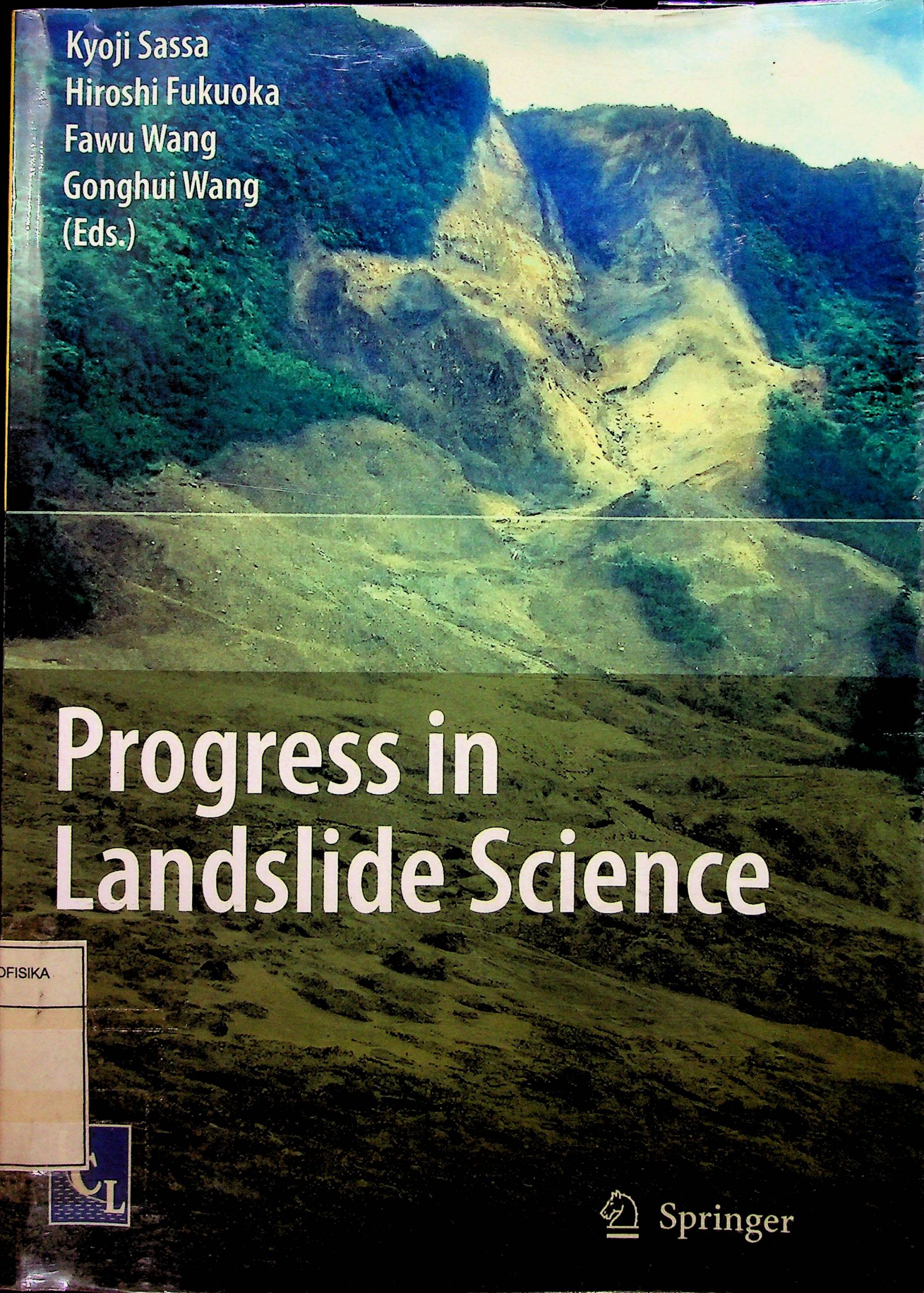Natural disasters are increasing in terms of frequency, complexity, scope and destructive capacity. They have been particularly severe during the last few years when the world has experienced several large-scale natural disasters: the Indian Ocean earthquake and tsunami, Hurricane Katrina and Hurricane Rita; the Kashmir earthquake in Pakistan; floods and forest fires in Europe, India and China; and drought in Africa. Images of these events have shocked us all and will remain with us for a long time. Numerous landslides and mudflows have also occurred, causing deaths, injuries and material losses. The most recent tragic ones were the large-scale landslides which struck the Philippines in 2006, hitting the Albay province on 02 December and the Leyte Island on 17 February respectively, resulting in terrible loss of life, suffering and damage. National authorities and the international community, of course, should continue to provide the practical support needed by the affected communities. At the same time, it is important to quickly learn appropriate lessons that may help individuals, families, communities and whole societies to be better prepared for other disasters, whether caused by natural forces or otherwise. The time has come for putting more emphasis on pre-disaster action rather than remaining content with post-disaster reaction. We must mobilize scientific knowledge and technological know-how to assess natural hazards and to strengthen disaster mitigation measures. We should promote a better understanding of natural disasters. We must promote and enforce sound scientific, engineering and construction principles. And we must promote education and public awareness about natural disaster reduction. Landslides pose considerable risks to people’s livelihoods and to the environment. They cause great disruption and economic losses by the destruction of infrastructure works such as roads and other communications and utility lines and of cultural heritage and the environment. Today there is a need more than ever before to address the problem of landslides in an integrated and internationally concerted way. These are the purposes of the International Consortium on Landslides (ICL) and the International Programme on Landslides (IPL). Both initiatives encompass research, education and capacity-building in landslide risk reduction. They both enjoy the participa tion and support of numerous international, governmental and non-governmental organizations and entities. They contribute to the International Strategy for Disaster Reduction (ISDR) and to the implementation of the Hyogo Framework for Action 2005-2015 which was adopted at the World Conference on Disaster Reduction held in Kobe, Japan in January 2005. The 2006 Tokyo Action Plan on Landslides, which was adopted during the Tokyo Round Table Discussion on Landslides in January 2006, provides a roadmap for strengthening international collaboration and identifying fo cus areas for reducing landslide risk worldwide.UNESCO had the privilege to accompany from the very beginning the establishment of the ICL and the launching of the IPL. In so doing, the Organization enjoys partnership with a large number of stakeholders including the World Meteorological Organization (WMO), the United Nations University (UNU), the Food and Agriculture Organization (FAO) of the United Nations, the UN/ISDR Secretariat and the International Council for Science (ICSU) and its Unions. I am glad that the ICL and 1PL have also been marked with the establishment of a UNITWIN Cooperation Programme on Landslide Risk Mitigation for Society and the Environment in the framework of the UNITWIN/UNESCO Chairs Programme, at Kyoto University (KU). This Programme is now hosted in the UNESCO-KU-ICL UNITWIN Headquarters at the Research Centre on Landslides of the Disaster Prevention Research Institute in Kyoto University. Furthermore UNESCO and ICL have established in August 2006 a Memorandum of Understanding for cooperation. Finally I am especially pleased that UNESCO will serve as co-organizer with ICL of the World Landslide Forum scheduled to take place in 2008. This Forum will constitute a milestone in our efforts to strengthen global risk preparedness. The “Landslides” Journal of the International Consortium on Landslides plays a key role for the progress of landslide study as an integrated research field by putting together knowledge and technologies in many related fields of natural sciences, engineering, social sciences and culture. The present Publication “Progress in Landslide Science” comes in this context to provide an overview of the current status of this science. The diversity of subjects which are presented in this publication represents a rich collaborative work regarding landslides. I wish to commend the editors and the numerous authors involved in it. My particular greetings go to Professor Kyoji Sassa, Chairperson of ICL who continues to spare no effort in promoting ICL and IPL. It is with great pleasure that I praise the edition of this publication as a means of disseminating good knowledge in the area of landslide risk reduction.
5
Progress inLandslide Science
Kyoji Sassa, Hiroshi Fukuoka, Fawu Wang, Gonghui Wang
Penerbit :
Springer Berlin Heidelberg New York
Tahun :
2010
Buku Text
Geofisika Landslide
-
No Scan8
-
No Klasifikasi551.307
-
ISBN-
-
ISSN-
-
No Registrasi75A/IV/2012-1
-
Lokasi Terbit-
-
Jumlah Hal42
-
Label551.307 Sas p 1
-
Versi DigitalYA
-
Versi FisikYA
-
Lokasi Rak Buku Fisik01/B/06
-
Jumlah Exemplar Fisik Tersedia2






